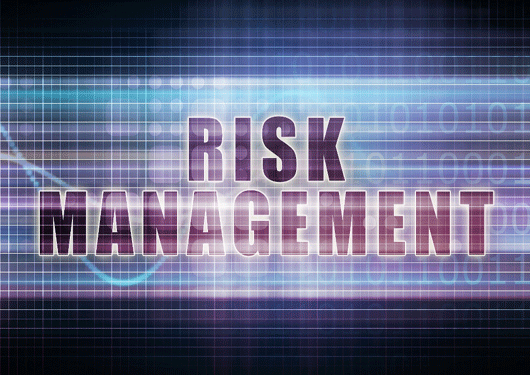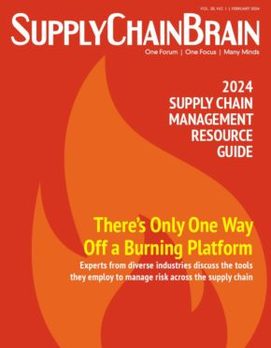
Home » Boston Scientific: How the Life Sciences Sector Addresses Risk Management
Boston Scientific: How the Life Sciences Sector Addresses Risk Management

June 30, 2016
The Japanese earthquake and tsunami had a potentially serious impact on Boston Scientific, says Landberg. "We could not figure out who our suppliers were in Japan." In the end, the company experienced minimal disruption to its supply chain from that event, "but it was a bit of a wake-up call."
The experience convinced Boston Scientific that it had to do a better job of risk assessment and management. “We needed to be more coordinated and global,” says Landberg. “Our spreadsheets and offline tools wouldn’t talk to each other. We had to come up with cohesive solutions.”
The company engaged in extensive supplier mapping, going well beyond Tier 1 to examine partners further up the supply chain. That was a necessary step toward creating “a world-class system,” Landberg says.
Boston Scientific was able to access key financial data and create impact-to-revenue models for various risk scenarios. “It gave us great direction,” says Landberg. And it showed the way to phase two of the company’s new risk-management effort, focusing on contingency planning. Knowing where critical suppliers were located is critical to the process, he says.
Phase three might include exercises and simulations to measure the potential impact of certain disruptions. For now, says Landberg, the company’s number-one challenge is to “sell the program and be able to get secure resources when you don’t have a burning platform.”
Landberg views risk management at Boston Scientific as a continuing effort. “We’re on the right path of this journey toward getting a more mature risk program,” he says.
To view the video in its entirety, click here
RELATED CONTENT
RELATED VIDEOS
KEYWORDS Business Strategy Alignment Global Trade Management healthcare Pharmaceutical/Biotech Quality & Metrics Regulation & Compliance SC Finance & Revenue Management SC Planning & Optimization SC Security & Risk Mgmt Supply Chain Visibility Transportation & Distribution
Related Directories
Subscribe to our Daily Newsletter!
Timely, incisive articles delivered directly to your inbox.
Popular Stories

2024 Supply Chain Management Resource Guide: There's Only One Way Off a Burning Platform
VIEW THE LATEST ISSUECase Studies
-
Recycled Tagging Fasteners: Small Changes Make a Big Impact
-

Enhancing High-Value Electronics Shipment Security with Tive's Real-Time Tracking
-

Moving Robots Site-to-Site
-
JLL Finds Perfect Warehouse Location, Leading to $15M Grant for Startup
-
Robots Speed Fulfillment to Help Apparel Company Scale for Growth



